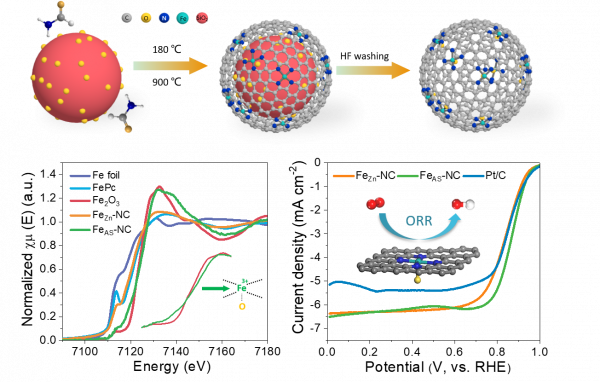分享到
Assisting Atomic Dispersion of Fe in N-Doped Carbon by Aerosil for High-Efficiency Oxygen Reduction
2020
期刊
ACS Appl. Mater. Interfaces
作者
Tete Zhao
· Anuj Kumar
· Xuya Xiong
· Mang Ma
· Yiyan Wang
· Ying Zhang
· Stefano Agnoli
· Guoxin Zhang
· Xiaoming Sun

- 卷 12
- 页码 25832−25842
- American Chemical Society (ACS)
- DOI: 10.1021/acsami.0c04169.s001



